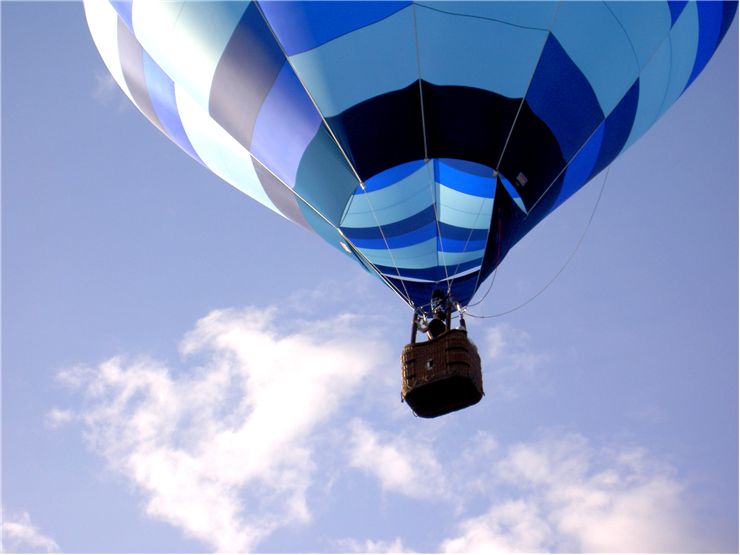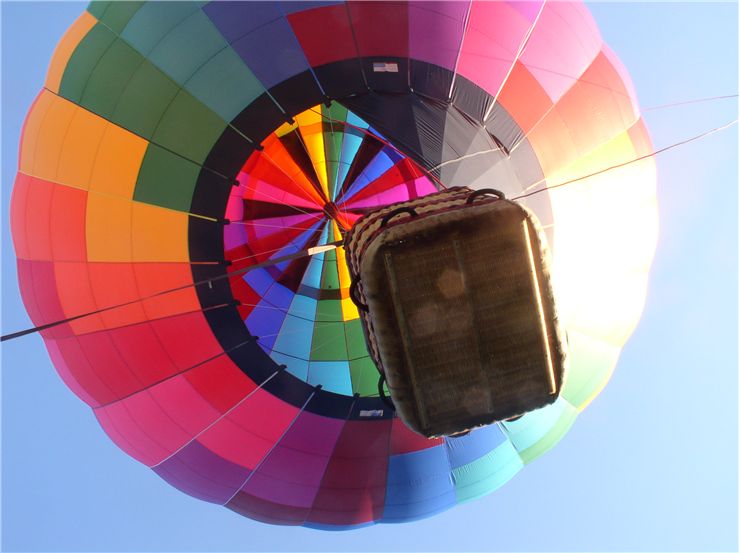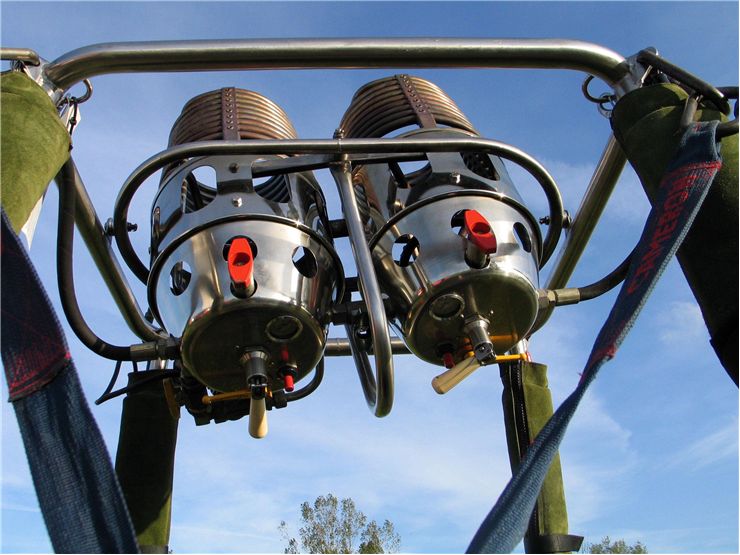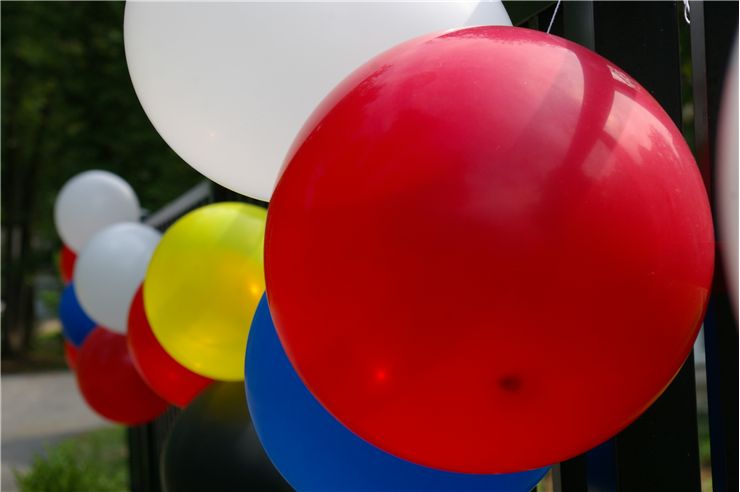How Balloons are made?
Toy balloons are part of every party and celebration. They make a place more festive and who doesn’t like a rubber or a latex balloon. But how are balloons made?
Before the rubber and latex balloons people used inflated pig bladders and animal intestines. The first rubber balloon made Professor Michael Faraday in 1824 to use it in his experiments with hydrogen at the Royal Institution in London. He took two rubber sheets and cut them round. He then laid them together and pressed their edges together. He rubbed inner sides of sheets together so they would not stick while leaving the edges which welded naturally to each other. In 1830, the Englishman Thomas Hancock patented a process for creating products by pouring latex over molds. Latex is a natural material (when it is not synthesized) that is obtained from the trees. It is practically a mixture of rubber particles in water. When this mixture is exposed to air, heat, or some chemicals, it coagulates and forms an elastic, solid material. This material is then vulcanized or treated with chemicals, which improves its strength. Because latex can coagulate just by being exposed to air, a method was developed in 1921 which stops coagulation and allows transport of raw latex in a liquid form from places where it is harvested to the places where latex products are made. Neil Tillotson made the first latex balloon in 1931 in his attic. His first batch was 15 balloons shaped like a cats heads. His factory still works today.
Basic principle of making a latex balloon is dipping of a mold (which will define the shape of a balloon) into latex which is in liquid form. First step is coloring of latex. Latex can be colored with natural or synthetic colors, in factory or it can be bought already colored. Latex is then poured into tanks which are kept at certain temperatures and often have mixers that move slowly and keep latex from coagulating before its time. Coagulant is added to latex as a mixture of water, a calcium-based salt, soap, and talc powder.
Molds are heated before they are inserted into the latex at a temperature between 38°C and 93°C. First molds were made out of cardboard but they didn’t last long. Today’s molds are made of stainless steel, aluminum, or porcelain. They are dipped in latex for just a few seconds to avoid trapping air bubbles. Coagulant will make latex to cling to a mold and form a thin sheet. After few seconds, mold are removed from latex with a thin layer of latex still on. Edges of latex on mold are brushed to create the ring around the opening of the balloon. This ring helps during filling of a balloon with gas. Molds with latex are then immersed in water to wash away excess coagulant from the latex. Still on molds, latex is treated to achieve better strength in different ways. Some latex already has vulcanizing agent and is left to dry in the air while other must be vulcanized in ovens, in intense heat. After that, balloons are removed from the molds. Balloons can be removed by blowing them off by are or water. If the water is used, balloons then go to drying in centrifuge. When dry, balloons can be printed with offset print or by silk screening. Before they are printed, they must be inflated. After printing they are deflated and drummed in rotating industrial dryers to shrink them back to their original size. After that they placed on a conveyor belt which leads through a counting device which counts and packs them.



